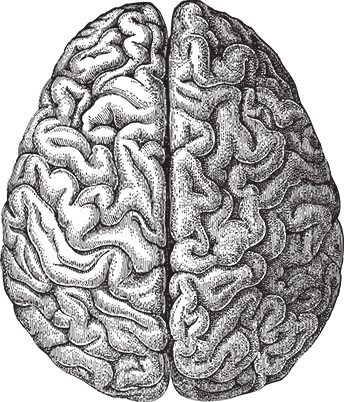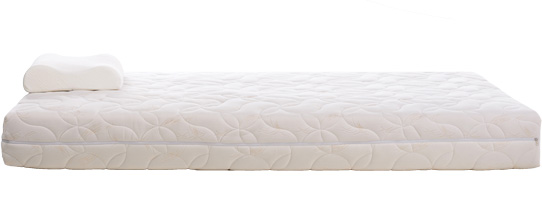 Because Science
Because Science
Peter J. Heinzelman, an associate professor in the Department of Chemical, Biological and Mechanical Engineering at the University of Oklahoma, was the recent recipient of a $75,000 grant from the Oklahoma Center for the Advancement of Science and Technology to further study and develop a new therapy that may address Alzheimer’s disease by destroying plaque that builds up on the brains of patients. The treatment, which utilizes biopharmaceutical proteases, if effective, would have lower costs with a more effective outcome compared to current therapies available.
Go Fly A Kite
When you think kite-flying in Oklahoma, the first place that comes to mind is Enid, right? The northwest Oklahoma city will welcome back the  American Kitefliers Association’s national convention Sept. 28-Oct. 3. The convention is an annual gathering of kite enthusiasts, artists and competitors and is one of the largest kite gatherings in the world, according to Marcy Jarrett, director of Visit Enid. The city hosted the convention for the first time in 2012. American Kitefliers Association director Mel Hickman says the hospitality the group received in Enid was a primary factor for the convention’s return. During the convention, the association will have flying exhibits open to the public, including mass ascensions each day with more than 100 kites. Kite makers will vie for top prize in beauty and construction. For a complete itinerary, visit www.visitenid.org.
American Kitefliers Association’s national convention Sept. 28-Oct. 3. The convention is an annual gathering of kite enthusiasts, artists and competitors and is one of the largest kite gatherings in the world, according to Marcy Jarrett, director of Visit Enid. The city hosted the convention for the first time in 2012. American Kitefliers Association director Mel Hickman says the hospitality the group received in Enid was a primary factor for the convention’s return. During the convention, the association will have flying exhibits open to the public, including mass ascensions each day with more than 100 kites. Kite makers will vie for top prize in beauty and construction. For a complete itinerary, visit www.visitenid.org.
 What She Shed
What She Shed
If several hairs come out when you take down your ponytail, don’t freak out: According to the American Academy of Dermatology, it’s normal to shed between 50 and 100 hairs a day. Shedding more hair than this could mean that a person has telogen effluvium, or excessive hair shedding. Causes can include dramatic weight loss, giving birth, stressful events, high fever or a recent operation. If excessive shedding does not correct itself within six to nine months of these events, it’s best to see a doctor.
Time For The Circulator
Tulsa Transit recently launched its latest downtown circulator, The Loop, a bus that will run Fridays and Saturdays from 5 p.m. to 2 a.m. A sleek, black exterior, sporting LED lights and a sound system within, The Loop, previously known as the downtown trolley, costs 25 cents to ride; if you show your receipt from a downtown business, the ride is free. For more information, visit www.tulsatransit.com.
Pillow Talk
Sleepless nights can have many causes: stress, illness, jet lag, poor mattress quality. It could also be a pillow. According to the Better Sleep Council, a nonprofit organization dedicated to education about sleep quality, a pillow should hold the head in the same relation to your shoulders and spine as if you were standing with correct, upright posture. That means a pillow should have adequate mass, density and support to do its job correctly. The type of pillow that’s best depends on how one sleeps: A medium-firm pillow is best for back sleepers, while side sleepers will do well with a firm pillow. The Better Sleep Council says that generally, pillows should be replaced each year. If you can fold your pillow in half, squeezing out all the air, and it doesn’t spring back to shape, it’s time to replace.
Museum To Go
Gilcrease Museum now offers a mobile version of its brick-and-mortar establishment. Gilcrease on Wheels debuted last fall at the Poteau Upper Elementary School in tiny Poteau, Okla. Then a pilot program, the mobile museum was so successful that it has been made a permanent part of Gilcrease’s educational outreach. Gilcrease on Wheels travels for presentations in third-grade classrooms across the state. An exhibit walk-through is available for fourth- and fifth-grade classrooms, after-school programs and community events.






















 Because Science
Because Science What She
What She 



